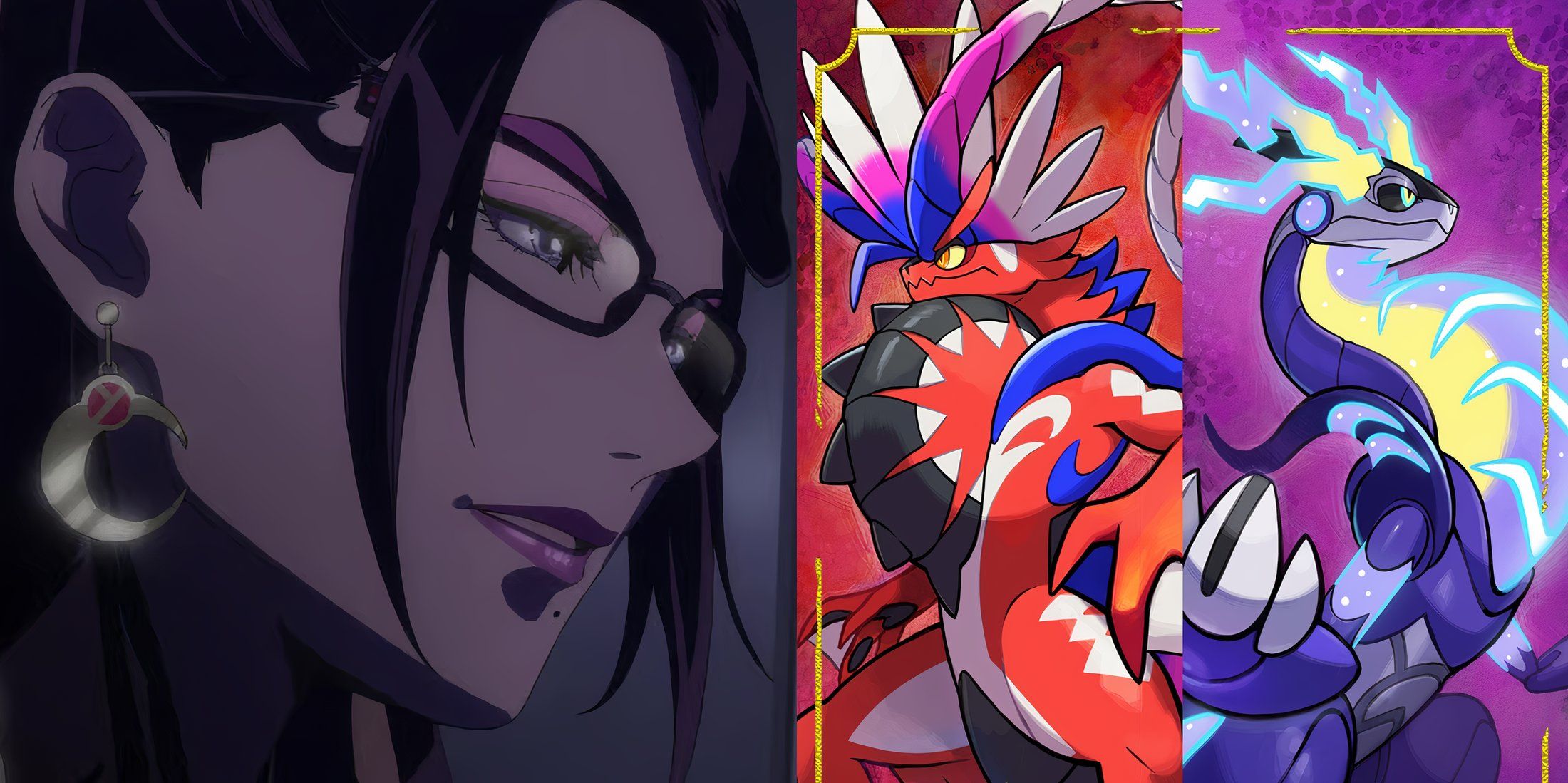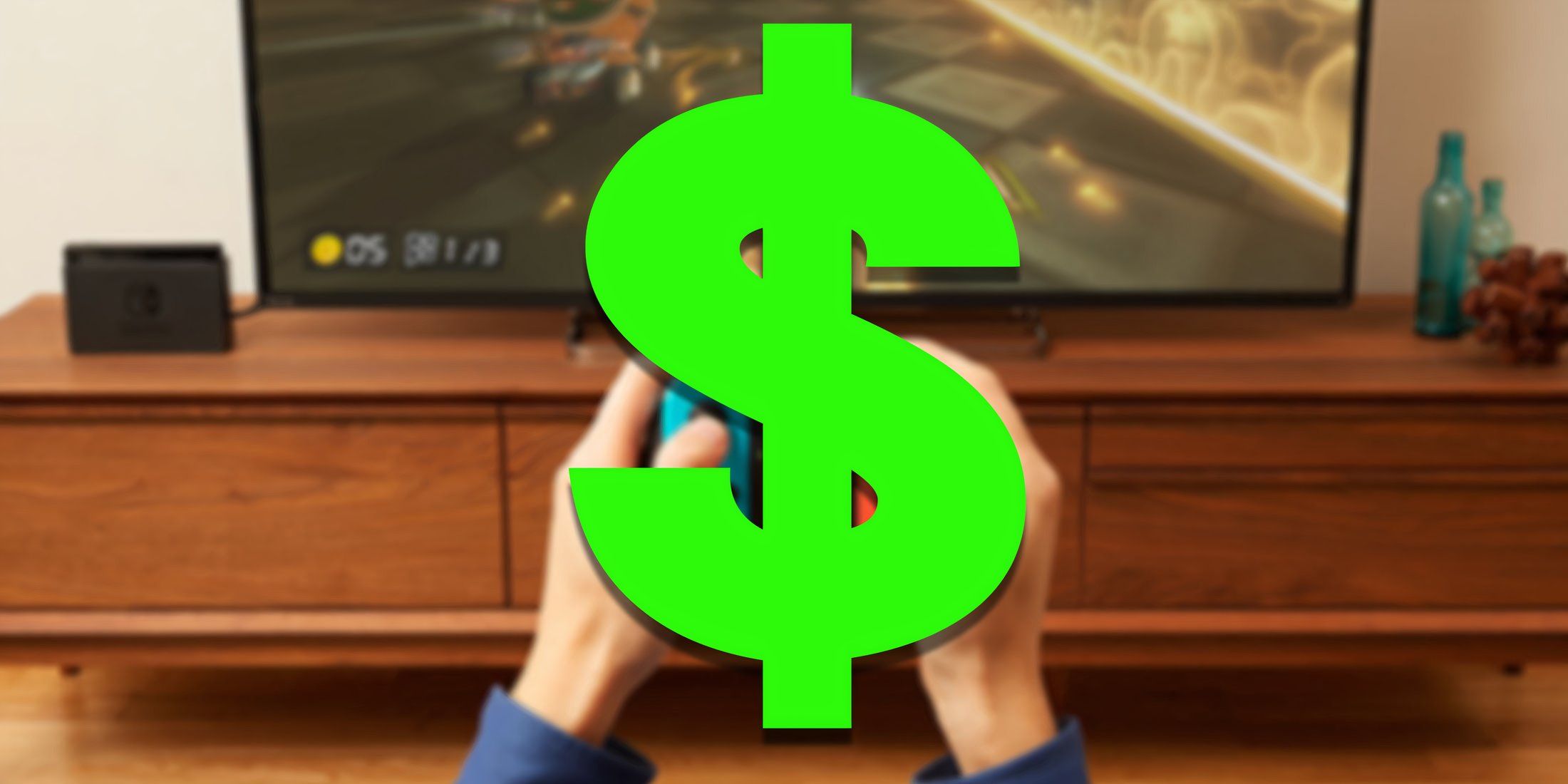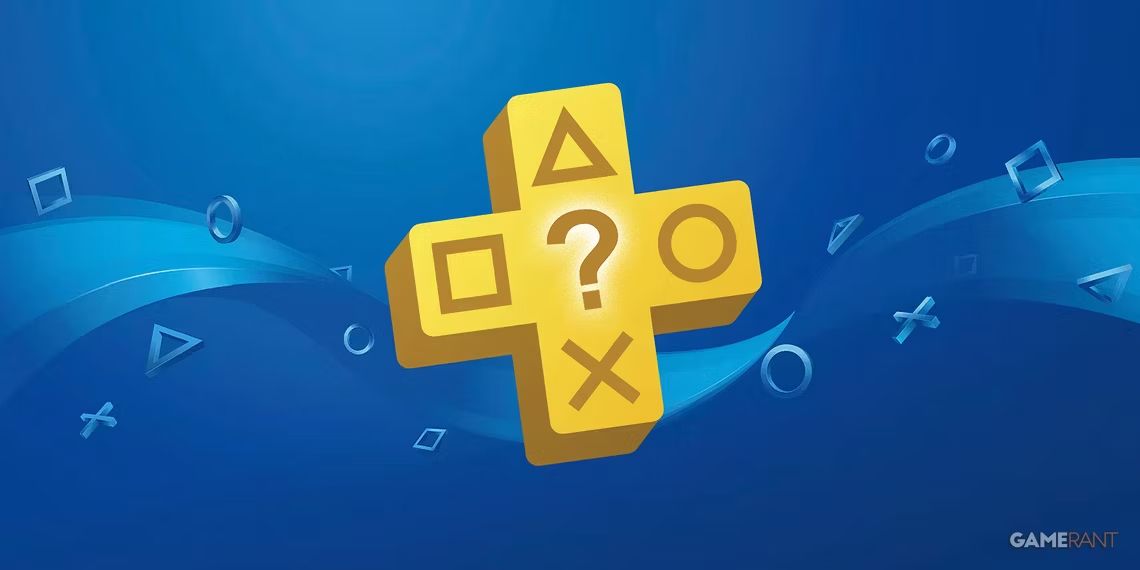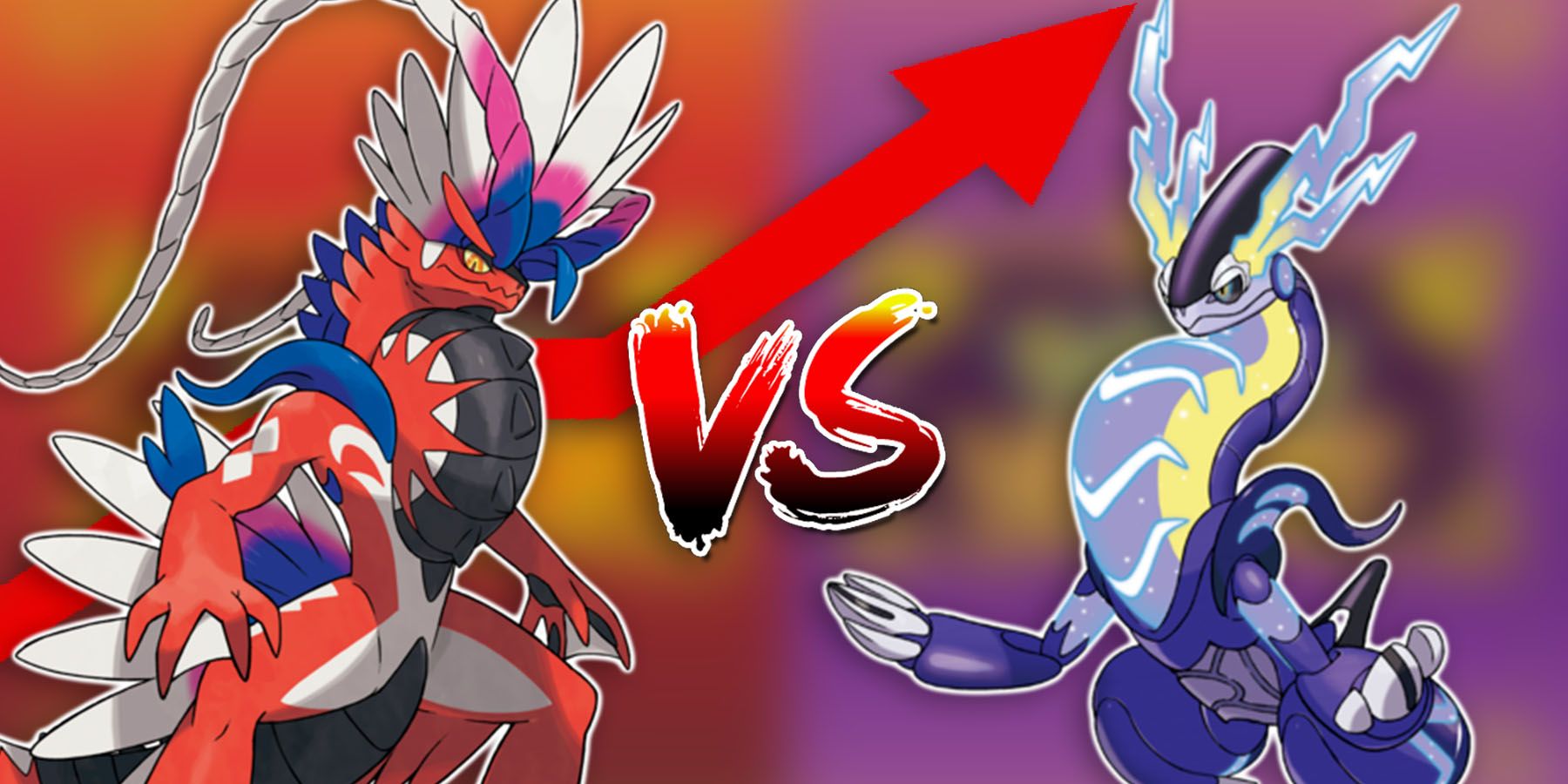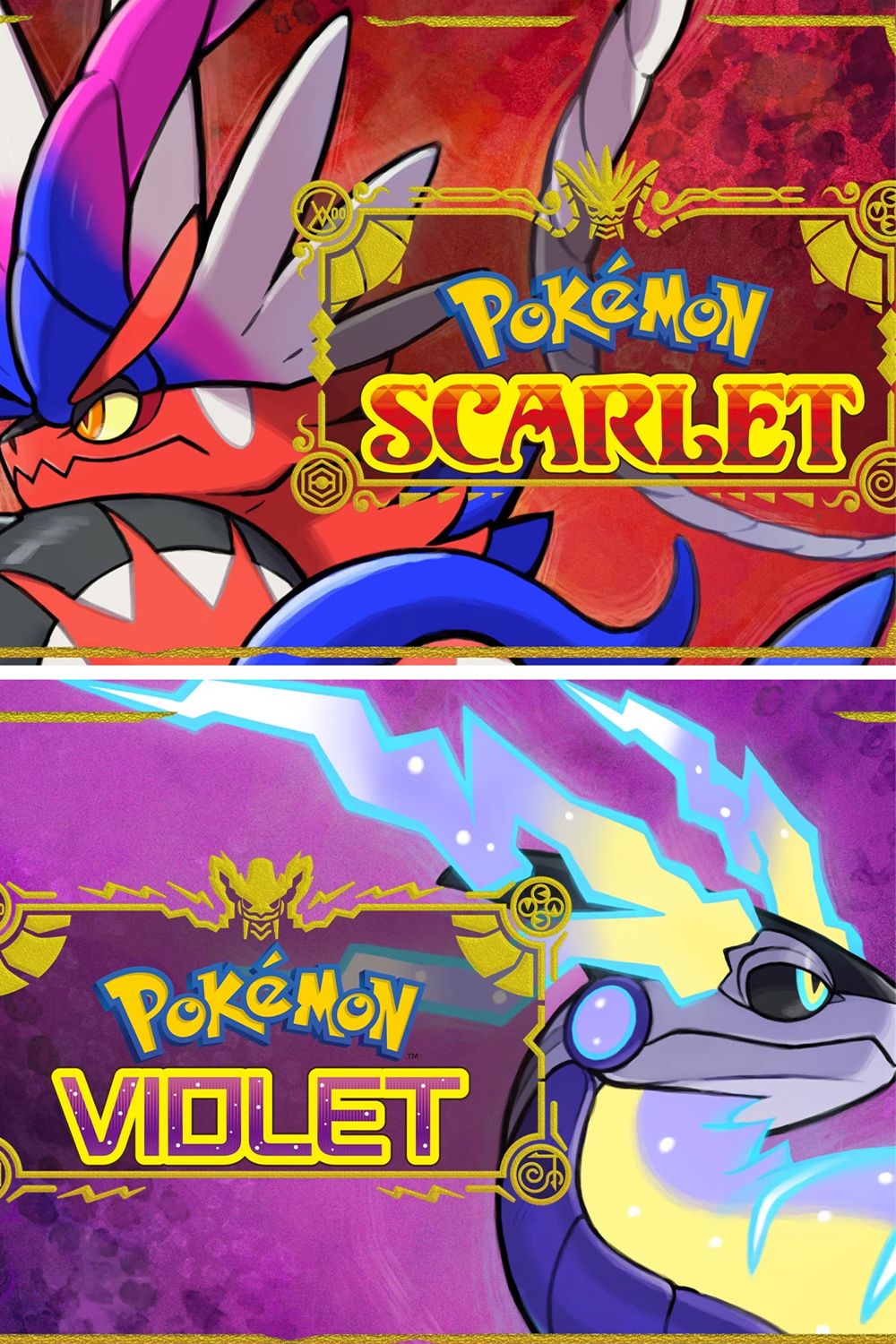Highlights
- Pokemon Scarlet and Violet are among the best-selling Switch titles, with 23.23 million units sold, just behind Pokemon Gold and Silver.
- The trend of one version being more popular than the other continues with Scarlet and Violet, with Violet having slightly higher sales.
- The visual design, specifically the cooler-toned color scheme, plays a significant role in attracting players to one version over the other, possibly based on subconscious preferences and associations with calmness and comfort.
The Pokemon franchise has grown a lot on the Switch. In the latest sales report released by Nintendo, Pokemon Scarlet and Violet were listed as the seventh best-selling Switch title of all time at 23.23 million units sold, and the fourth best-selling pair of games in the franchise, sitting just behind Pokemon Gold and Silver. These are some impressive sales numbers given that Pokemon Scarlet and Violet are just under a year old, and it's likely their all-time sales numbers will surpass the Gen 2 games in the coming years. However, it's even more interesting to note the difference in individual sales of Scarlet versus Violet as the numbers continue a series trend.
While every Pokemon fan likely has their preferred version of each generation's games, a distinct trend demonstrates that one of the two versions released simultaneously tends to be more popular than the other. Although not every generation follows the pattern, more often than not, the version with a cooler, blue-toned color scheme will be the more popular of the two in terms of sales data. This trend continued with the Gen 9 games, as Pokemon Violet had slightly higher sales than Pokemon Scarlet.
The Reasoning Behind Pokemon Violet Outselling Pokemon Scarlet
There are typically a variety of different factors that influence a player's decision to purchase one version of a Pokemon game over the other. Version differences like exclusive critters, Legendaries, and even version-specific characters can all play a role in determining which game a player will pick up on launch day. However, it is often the visual design of the game's box and featured box art Legendary that will subconsciously draw the player towards one version over the other, like how Miraidon was more popular than Koraidon, as evidenced by empty store shelves of the former's plush.
This trend is not unique to Pokemon Scarlet and Violet, as the sales data going back to the original Gen 1 Pokemon games shows that the cool-toned version of the game tends to be the more popular of the two primary versions in each generation.
Generation | Version | Sales | Version | Sales | Source |
|---|---|---|---|---|---|
Gen 1 | Red (US) | 4.83 Million | Blue (US) | 5.02 Million | |
Gen 2 | Gold (JP) | 3.44 Million | Silver (JP) | 3.56 Million | |
Gen 3 | Ruby (JP) | 2.55 Million | Sapphire (JP) | 2.61 Million | |
Gen 4 | Diamond (JP) | 3.19 Million | Pearl (JP) | 2.64 Million | |
Gen 5 | Black (JP) | 2.89 Million | White (JP) | 2.63 Million | |
Gen 6 | X (JP) | 2.25 Million | Y (JP) | 2.01 Million | |
Gen 7 | Sun (JP) | 1.74 Million | Moon (JP) | 1.62 Million | |
Gen 8 | Sword (JP) | 2.4 Million | Shield (JP) | 1.8 Million | |
Gen 9 | Scarlet (JP) | ~2.2 Million | Violet (JP) | ~2.7 Million | Calculated based on UK sales data as reported by GamesIndustry |
Although this data only represents a fraction of the total sales, it can be extrapolated to account for worldwide sales data with the same trend continuing. Aside from Pokemon Sun which featured a warmer-toned box art and the Legendary Solgaleo, this chart shows that the version with a cooler-toned color palette was the more popular choice among players. While the sales numbers for each generation are split pretty evenly, there is a psychological reason behind the cooler-toned version selling better than the warmer-toned one.
Research consistently shows that blue is the most popular color in the world, so it would make sense that more Pokemon fans would be drawn to the version of the game that suits their preferred color. The color blue tends to be associated with calmness and relaxation, so many people find it more comforting than a warm color like red. While hardcore fans might research to find which version contains the better exclusive content, the casual Pokemon fan picking a game out based on the box art will likely go for the more visually soothing, cooler-toned one, which could explain why this Pokemon game sales trend exists.

